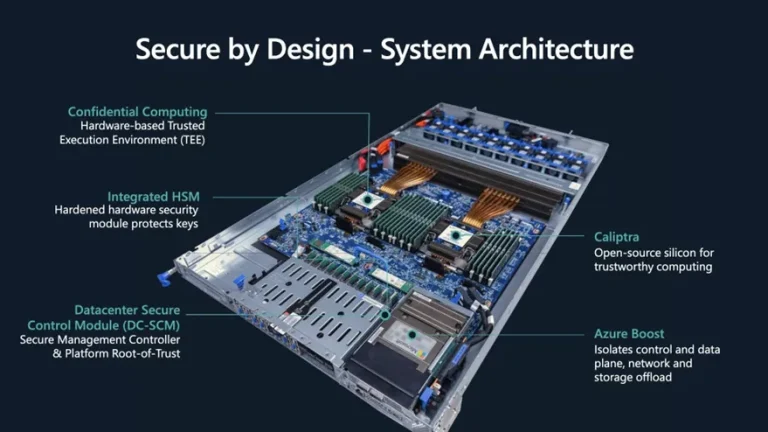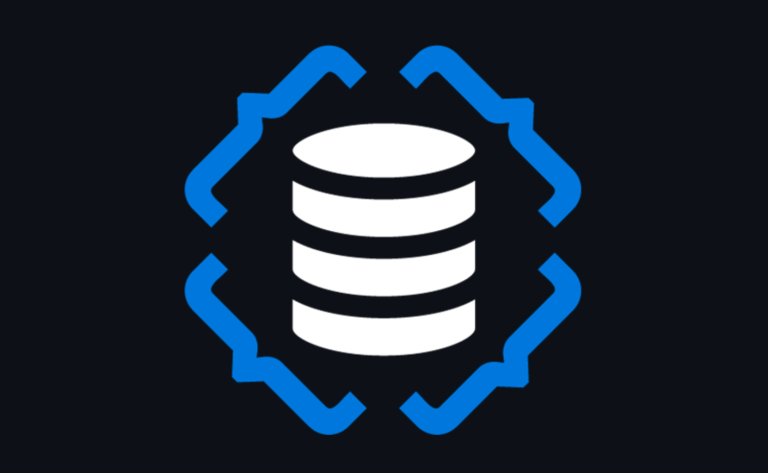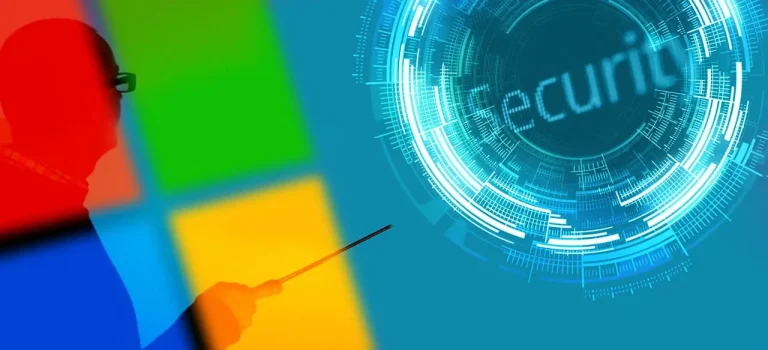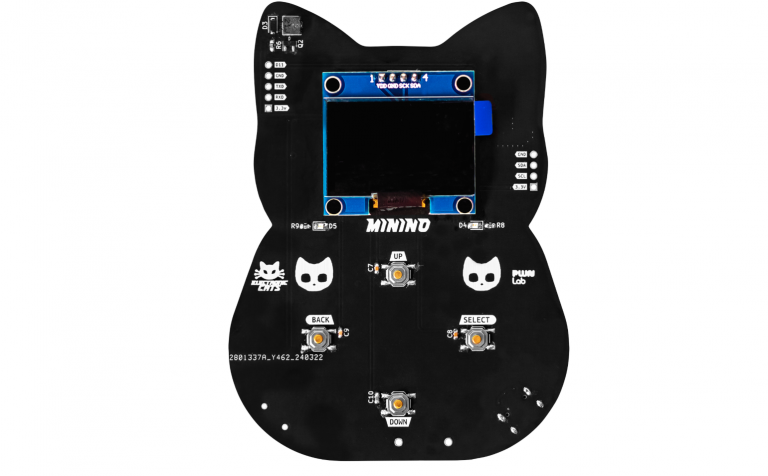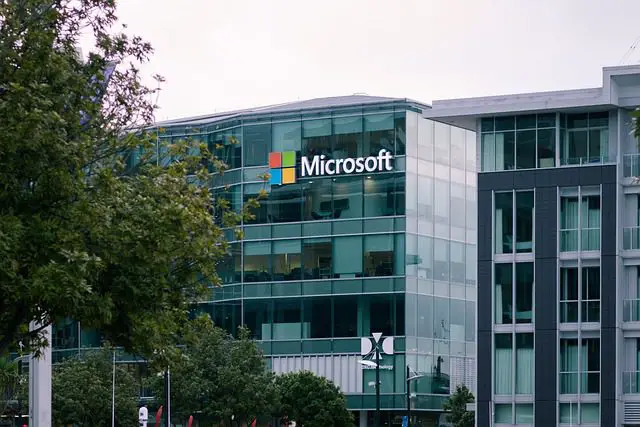
Microsoft has officially released the source code of its very first version of BASIC for the MOS 6502 processor—software that, for decades, survived only through leaks, museum archives, and unofficial compilations. Now, for the first time, it has been published under an open-source license, freely available for study and modification.
The original Microsoft BASIC debuted in 1975 for the Altair 8800 microcomputer, powered by Intel’s 8080 processor. It was written by the company’s founders, Bill Gates and Paul Allen. Just a year later, Gates, together with Microsoft’s second employee, Ric Weiland, ported BASIC to the MOS 6502. In 1977, Commodore purchased a license for $25,000 and integrated it into the PET, VIC-20, and Commodore 64 systems. The latter two went on to sell millions of units, playing a pivotal role in the mainstream adoption of personal computing.
The publicly released version is 1.1, incorporating garbage collection improvements contributed by Commodore engineer John Feagans and Gates himself in 1978. On Commodore PET systems, this became known as BASIC V2. The code, comprising 6,955 lines of assembly, is now available on GitHub under the permissive MIT license, allowing unrestricted use and redistribution.
Microsoft has supplemented the repository with historical notes and commit timestamps marked as “48 years ago.” The source includes conditional compilation for multiple platforms of the era—Apple II, Commodore PET, Ohio Scientific, and KIM-1. Core features include the full set of BASIC commands, array support, string handling, floating-point arithmetic, input/output operations, string garbage collection, and dynamic variable storage. Special emphasis was placed on memory efficiency—an essential requirement for 8-bit systems. The code also contains Easter eggs from Gates, hidden in the labels STORDO and STORD0, which he confirmed in 2010.
The MOS 6502 processor, for which the interpreter was built, became an icon of the industry. It powered the Apple II, Atari 2600, NES, and the entire Commodore line of home computers. Its simplicity and efficiency made it a favorite among manufacturers and helped shape the personal computer market. Interest in the 6502 endures to this day, with enthusiasts creating FPGA replicas, advanced emulators, and even a new “official” re-release of the Commodore 64 built on programmable logic.
Microsoft emphasizes that it was BASIC—not MS-DOS or Windows—that first established the company as a major force in computing. The widespread licensing of this interpreter across manufacturers formed the cornerstone of Microsoft’s early business model. From 1977 to the present, BASIC has never truly disappeared—from the blinking cursor of the Commodore to the FPGA-based versions of 2025. Today, its historic code is not only preserved but handed to the community—open for study, adaptation, and new experimentation.
